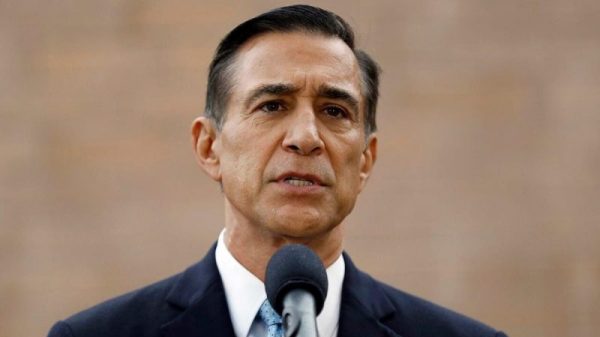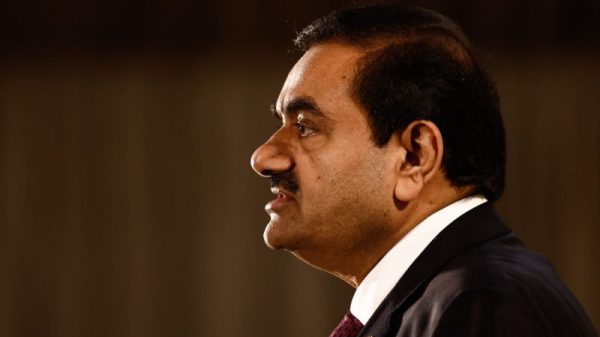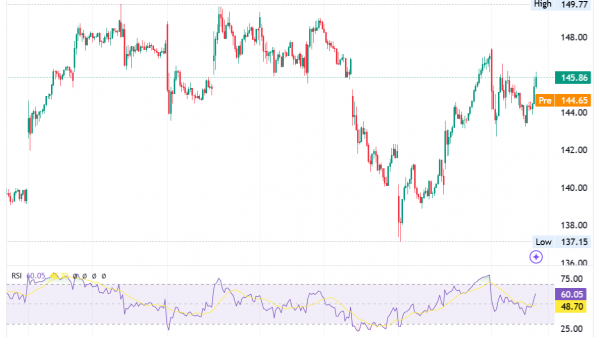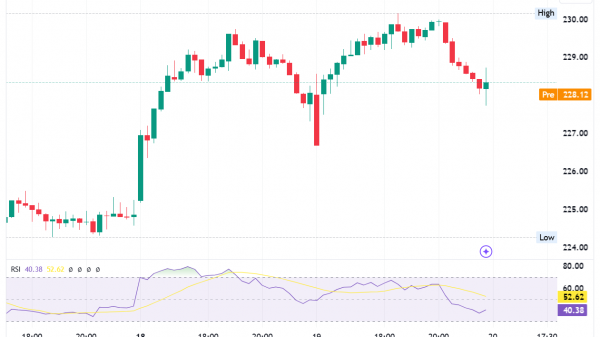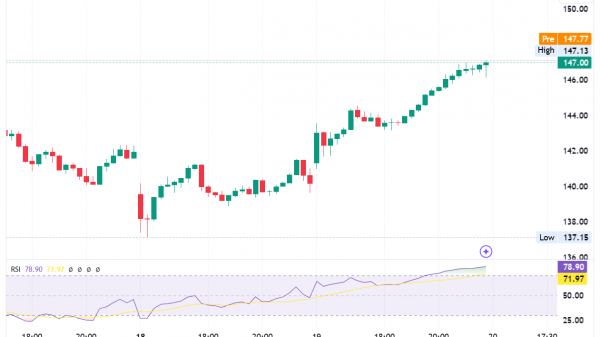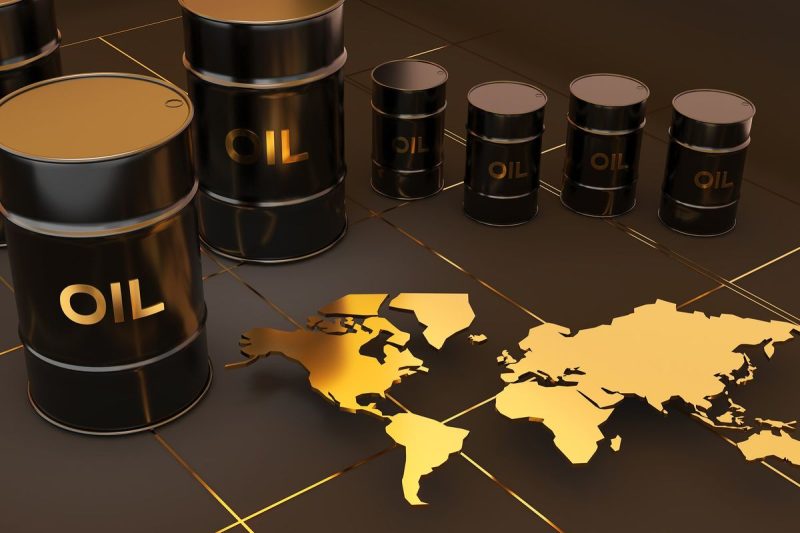In recent years, the global oil market has been impacted significantly by COVID-19 disruptions, price wars between oil-producing nations and then Russia’s war in Ukraine.
The output control deal made between the Organization of the Petroleum Exporting Countries (OPEC) and 11 of the world’s top oil producers expired in 2020. When production rose dramatically in April of that year after Russia’s decision not to approve further cuts proposed by Saudi Arabia, the de facto OPEC leader responded by offering its product at a discount and producing more oil.
In an oversupplied market suffering from a lack of demand, oil prices turned negative, shocking market participants. Finally, with some pressure from the US, Russia and OPEC finally came to an agreement to cut production by 9.7 million barrels per day (bpd) — the single largest output decrease in history.
Oil demand returned in 2021 as COVID-19 lockdowns eased worldwide, pushing prices higher; once Russia’s aggressive war against Ukraine set in the following year, oil skyrocketed.
However, slowing economic activity brought on by rising interest rates and recession fears have weighed on oil prices in 2023. In June, OPEC members reached an agreement to significantly cut oil output in July and to extend a broader deal to limit supply into 2024.
More recently, the outbreak of the Israel-Hamas war has oil market watchers looking for indications that the conflict may spread into the oil producing nations in the Middle East. However, these supply concerns have been eclipsed by slowing demand forecasts for China, and the potential for Venezuelan oil production to move back into the market.
Given these and other recent market events, many investors are curious to know which countries produce the most oil. Read on for a look at the top 10 oil-producing countries in 2022, the most current data at time of publication. Statistics are from the Energy Information Administration (EIA) and include total production of petroleum and other liquids.
1. United States
Production: 20,213,000 bpd
Number one on this list of the top 10 oil-producing countries is the US. Its output increased by 1,232,000 bpd from its 2021 level to reach 20,213,000 bpd in 2022. The US has been described as a swing producer because its production fluctuates alongside market prices. Texas leads the way as the biggest oil-producing state in the nation, with output nearly four times as high as the second biggest oil-producing state, New Mexico.
In addition to being a major oil producer, the US is a big consumer of oil. In 2022, the US consumed an average of 19.1 million barrels per day of petroleum products.
2. Saudi Arabia
Production: 12,144,000 bpd
Saudi Arabia’s oil output came in at 12,144,000 bpd in 2022. The country possesses 17 percent of the world’s proven petroleum reserves and is the largest petroleum exporter. Its oil and gas sector accounts for around 50 percent of its gross domestic product and about 85 percent of its export earnings.
As mentioned, Saudi Arabia played a key role in OPEC’s decision to curb oil output back in 2020, as well as in 2023. In 2022, the country’s US relations soured to the point that the country was unwilling to increase production in an effort to bring down rising gasoline prices. This year, Saudi Arabia has agreed to cut its production by 1 million bpd starting in July.
The potential upward pressure on oil prices from a wider Israel-Hamas war may prompt Saudi Arabia to reverse course on those cuts if higher prices begin to curb demand.
3. Russia
Production: 10,938,000 bpd
Prior to production cuts in 2020, Russian oil output had spent a number of years rising; it came in at 10,938,000 bpd in 2022. Most of Russia’s reserves are located in West Siberia, between the Ural Mountains and the Central Siberian Plateau, as well as in the Urals-Volga region, extending into the Caspian Sea.
As the third largest oil-producing nation, Russia accounts for 10 percent of global output. In response to Russia’s war in Ukraine, Canada, the US, the UK and Australia have banned imports of Russian oil, representing about 13 percent of Russia’s exports.
In March 2022, the International Energy Agency (IEA) warned that Russia could be forced to cut 30 percent of its crude oil production, resulting in a serious global oil supply crisis. “The implications of a potential loss of Russian oil exports to global markets cannot be understated,” the IEA stated. However, it seems that in 2023 Russia’s oil exports have rebounded to pre-war levels with heavy demand from China and India.
4. Canada
Production: 5,694,000 bpd
Next on this list of the top 10 oil-producing countries is Canada. The country’s annual oil production rose to 5,694,000 bpd in 2022, up from 2021’s output amount of 5,537,000 bpd.
Nearly all of Canada’s proven oil reserves are located in Alberta, and according to the province’s government, 97 percent of oil reserves there are in the form of oil sands. Energy exports to the US account for the vast majority of Canada’s total energy exports. However, because of economic and political considerations, Canada is developing ways to diversify its trading partners, especially by expanding ties with emerging markets in Asia.
Canada has been embroiled in a national debate over pipelines. In 2018, the federal government purchased the Kinder Morgan (NYSE:KMI) Trans Mountain pipeline for C$4.5 billion to ensure Canadian crude reaches market ports. At the time, an expansion was estimated to cost another C$7.4 billion, after which the government would sell the project back to the private sector. In March 2023, a new cost estimate for the project sent came in at C$30.9 billion.
5. China
Production: 5,119,000 bpd
China’s annual oil output was 5,119,000 bpd in 2022. The nation is the world’s second largest consumer of oil and moved from being the second largest net importer of oil to the largest in 2014.
China is the world’s most populous country and has a rapidly growing economy, factors that have driven its high overall energy demand. In fact, the Asian country is the top consumer of oil, with 55 percent of its imports coming from OPEC member countries.
According to Reuters, during the first few months of 2022, China’s crude oil refineries cut production due to COVID-19 lockdowns. The government has since loosened its protocols against the virus, and in May 2023, the country’s oil refineries increased production by 15.4 percent year-on-year.
6. Iraq
Production: 4,553,000 bpd
In 2017, despite increasing its output, Iraq got bumped from its position as the sixth largest oil-producing country. Output in 2018 helped the Middle Eastern nation regain its sixth spot position.
The country has seen its oil production decrease significantly in recent years, falling from 4,788,000 bpd in 2019 to 4,149,000 bpd in 2021. However, Iraq managed to increase its oil production in 2022 by 404,000 bpd over the previous year to total 4,553,000 bpd. It holds the world’s fifth largest proven oil reserves at 145 billion barrels; that represents 8.4 percent of global reserves.
7. United Arab Emirates
Production: 4,237,000 bpd
The United Arab Emirates is an OPEC member, and has ranked among the world’s top 10 oil-producing countries for decades. In 2022, it saw a significant year-on-year increase in production of 451,000 bpd, with oil output rising to 4,237,000 bpd.
The country holds the world’s eighth largest proven oil reserves at 98 billion barrels, with most of those reserves located in Abu Dhabi. The United Arab Emirates accounts for 5.6 percent of global total reserves.
8. Brazil
Production: 3,803,000 bpd
Brazil’s oil production rose slightly from 3,689,000 bpd in 2021 to 3,803,000 bpd in 2022. According to the EIA, total primary energy consumption in Brazil has nearly doubled in the past decade because of sustained economic growth. The largest share of Brazil’s total energy consumption is oil and other liquid fuels, followed by hydroelectricity and natural gas.
For 2023, Brazil is reportedly on track to increase its annual oil production level yet again, and its National Agency of Petroleum, Natural Gas and Biofuels is projecting the country will become the world’s fourth largest oil producer in the coming years.
9. Iran
Production: 3,661,000 bpd
Iran’s oil output increased dramatically from 2,990,000 bpd in 2020 to 3,661,000 bpd in 2022. According to the EIA, Iran holds the world’s third largest proven oil reserves, as well as the world’s second largest natural gas reserves. Despite its abundant reserves, Iran’s oil production is is still far below the 4,779,000 bpd produced back in 2017.
US sanctions and regional disputes have all weighed on Iran’s energy production sector. In 2021, China signed a 25 year trade and security agreement with Iran, and has called on the US to drop its sanctions. Despite US sanctions on Iran oil exports, the country still counts China as a big buyer at a cheap discount. In 2021, China signed a 25 year trade and security agreement with Iran, and has called on the US to drop its sanctions. Iran’s potential to play a more pivotal role in the Israel-Hamas war may bring further sanctions.
10. Kuwait
Production: 3,022,000 bpd
Last on this list of the top 10 oil-producing countries is Kuwait, another country whose output increased from its 2021 level. After dropping to 2,717,000 bpd in 2021, the nation’s oil production has nearly rebounded to its 2018 levels. That year, production came in at 3,059,000 bpd.
Kuwait’s oil and gas sector accounts for about 60 percent of the country’s GDP, and an even larger share of its export revenues at around 95 percent.
FAQs for oil investing
What is crude oil?
Crude oil is a naturally occurring mixture of hydrocarbon deposits and other organic materials that exists in liquid form in underground reservoirs. This raw natural resource is a globally important commodity that can be traded both on the spot market and via derivatives contracts.
What is crude oil used for?
Once extracted from the Earth, crude oil is refined to make several products, including gasoline, jet fuel and other petroleum products such as kerosene, paraffin, petrochemical feedstocks, solvents and lubricants.
What is OPEC?
Founded in 1960, OPEC, or the Organization of the Petroleum Exporting Countries, is a group of 13 countries headquartered in Vienna, Austria. Led by Saudi Arabia, it controls production, supply and pricing in the global petroleum market.
Who were the five founding members of OPEC?
OPEC was created at the Baghdad Conference in 1960, with founding members Iran, Iraq, Kuwait, Saudi Arabia and Venezuela. Its mission statement is as follows:
“To co-ordinate and unify petroleum policies among member countries, in order to secure fair and stable prices for petroleum producers; an efficient, economic and regular supply of petroleum to consuming nations; and a fair return on capital to those investing in the industry.”
Currently OPEC has 13 member nations: Algeria, Angola, Congo, Equatorial Guinea, Gabon, Iran, Iraq, Kuwait, Libya, Nigeria, Saudi Arabia, the United Arab Emirates and Venezuela.
Where does Canada get its oil?
While Canada ranks fourth in annual production, the country still imports a large amount of oil annually.
It is estimated that half of the oil used in Québec and Atlantic Canada is purchased offshore from the US, Saudi Arabia, Russia, the UK, Azerbaijan, Nigeria and Côte d’Ivoire. Roughly C$19 billion is spent on oil imports each year.
Where does the US get its oil?
The US is the top producer of oil, but the country requires foreign imports to meet its increasing domestic demand.
According to the IEA, the nation sources oil from as many as 80 countries around the globe. The top five are Canada, Mexico, Russia, Saudi Arabia and Colombia.
Why does the US import oil?
Although the US is the world’s largest oil producer, its domestic oil consumption far outpaces its homegrown output. To meet its own oil demand, the US must rely on oil imports from countries. In March 2022, the US government announced a ban on imports of oil, liquefied natural gas and coal from Russia in response to the invasion of Ukraine.
Why was US oil production down in 2022?
In September 2022, Bloomberg reported that US oil production was down because the country’s shale producers were prioritizing dividend payouts to shareholders rather than investing record profits from surging oil prices back into growing their production capacity. This trend has abated in 2023, and the EIA is expecting a new annual output record.
How much oil does the US have in reserve in 2023?
As of 2023, the US had the ninth largest oil reserves in the world at 68.8 billion barrels.
Who is the largest supplier of oil to Europe?
In 2022, the US replaced Russia as the largest supplier of oil to Europe. Since Russia’s invasion of Ukraine, European Union countries have dramatically cut their imports of Russian oil in favor of US oil imports. Norway and Kazakhstan are also major oil suppliers for the region.
Who uses the most oil in Europe?
Germany is the largest oil-consuming nation in Europe, and the 10th largest in the world. Despite its seemingly strong stance on climate action, Germany is responsible for about 20 percent of all oil consumption in the region and is heavily dependent on oil imports.
Why Venezuela can’t produce oil?
Venezuela’s oil industry has been suffering under the weight of political instability, government corruption and Trump-era US sanctions. “The national oil company PDVSA is incapable of mustering the immense amounts of capital required to rebuild Venezuela’s heavily corroded energy infrastructure,” as per Matthew Smith, OilPrice.com’s Latin America correspondent.
However, Venezuela’s oil production is rebounding in Q4 2023 as the Biden Administrations eases US sanctions on the promise of fair elections in 2024.
What country uses the most oil?
The US is by far the world’s largest oil consumer, using about the same amount of the fossil fuel as the next three largest oil consumers (China, India and Japan) combined.
How many years of oil are left?
The question of peak oil is a prominent one. However, it is difficult to correctly determine the exact amount of oil left to be extracted in the world, or to accurately predict the level of demand for the energy fuel over the coming years. New technologies may yet unlock future resources, or economic events may lead to serious shocks in demand. That being said, based on current known reserve estimates and best-case demand scenarios, roughly 47 years of oil are currently thought to be left.
Securities Disclosure: I, Melissa Pistilli, hold no direct investment interest in any company mentioned in this article.

